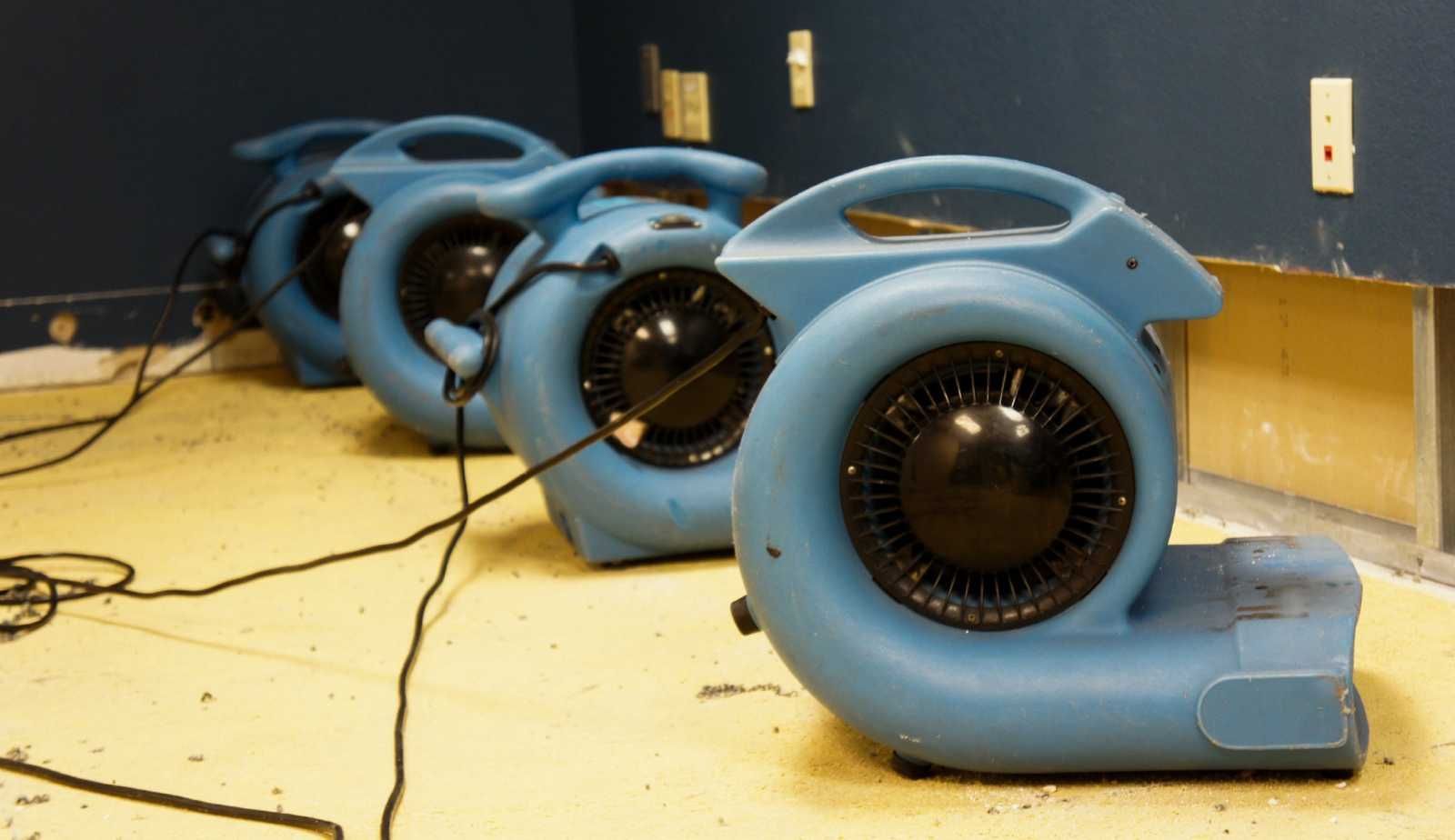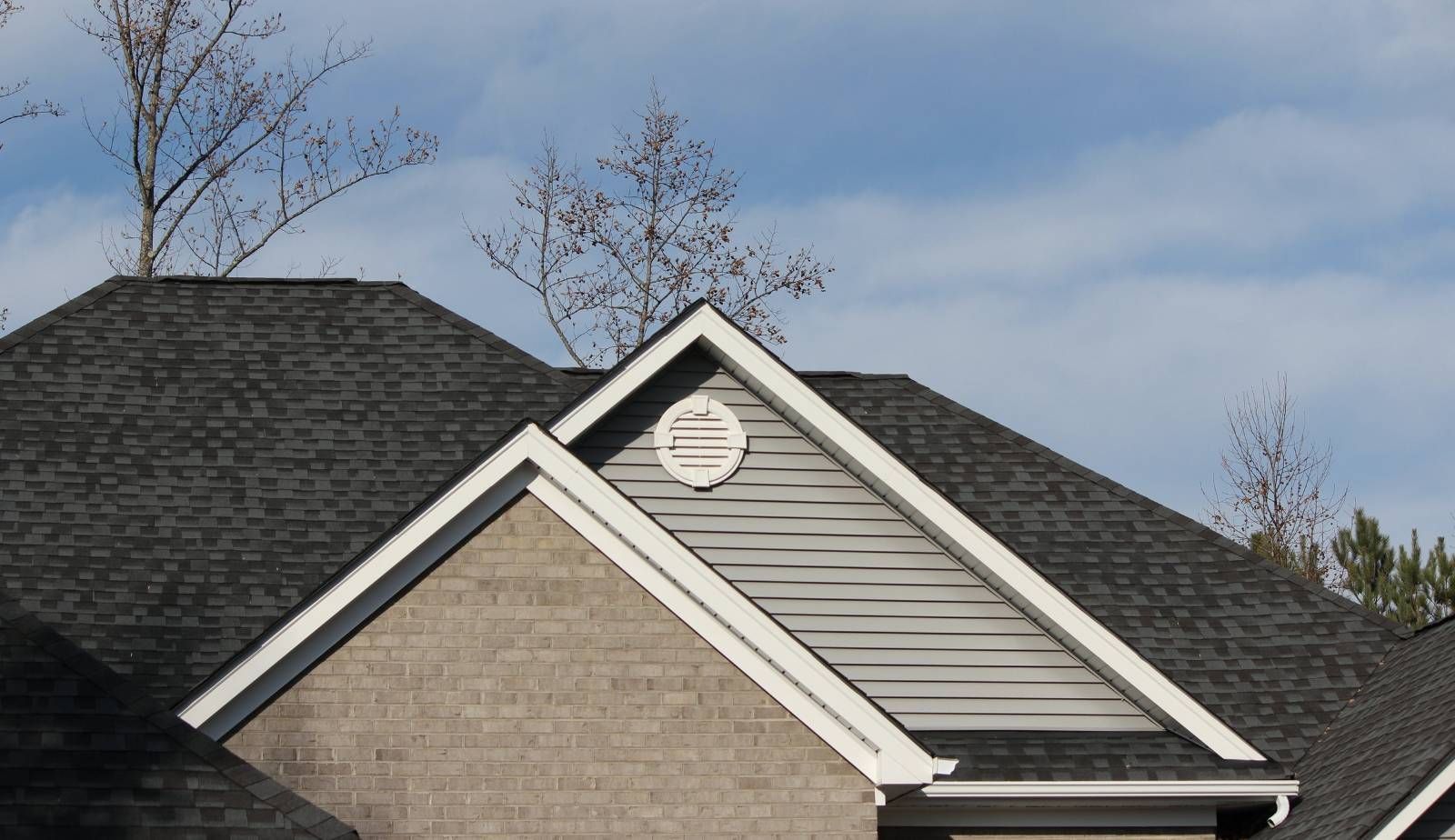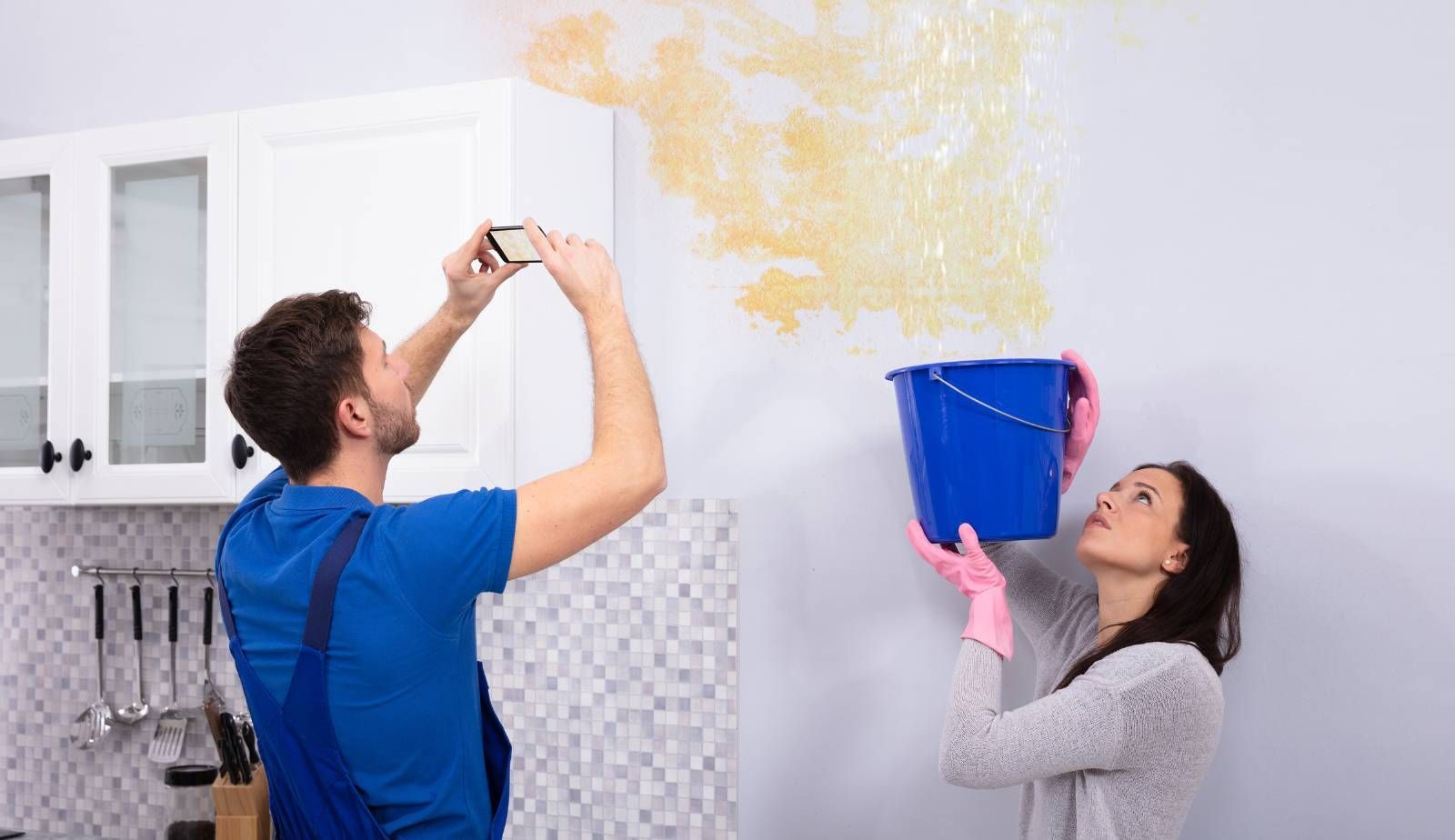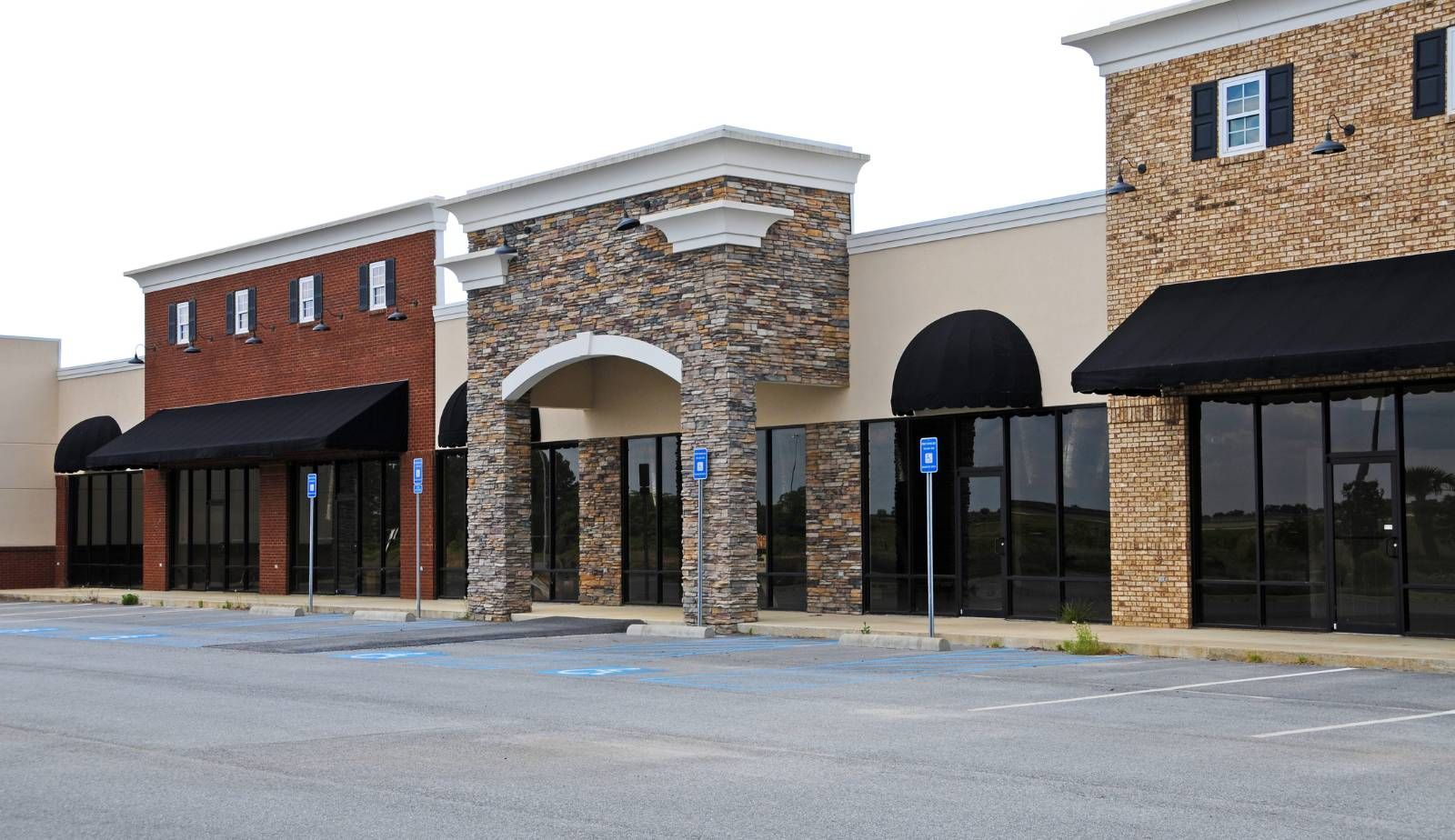Sustainable Restoration Practices: Eco-Friendly Approaches to Damage Recovery in Louisiana
Louisiana is a state that has seen its fair share of natural disasters. From hurricanes to floods, the state has experienced significant damage to its infrastructure and environment. As a result, there has been a growing interest in sustainable restoration practices that prioritize eco-friendly approaches to damage recovery. In this article, we will explore how restoration and remediation can be conducted in an environmentally responsible manner, including the use of green materials and methods.

Understanding sustainable restoration is essential for anyone interested in eco-friendly restoration practices. Sustainable restoration aims to restore damaged ecosystems while minimizing negative environmental impacts. It involves using green technologies and materials to achieve restoration goals that prioritize the long-term health of the environment. By adopting sustainable restoration practices, we can ensure that the restoration process does not cause further harm to the environment and instead promotes environmental protection.
Strategies for sustainable management are an integral part of sustainable restoration practices. These strategies involve using green technologies and materials that are renewable, recyclable, and non-toxic. For example, using native plant species for reforestation efforts can help restore ecosystems and promote biodiversity. Additionally, using green building materials such as bamboo and recycled steel can reduce the environmental impact of restoration efforts. By adopting these strategies, we can ensure that restoration projects are conducted in a sustainable and eco-friendly manner.
Key Takeaways
- Sustainable restoration aims to restore damaged ecosystems while minimizing negative environmental impacts.
- Strategies for sustainable management involve using green technologies and materials that are renewable, recyclable, and non-toxic.
- Using native plant species for reforestation efforts and green building materials such as bamboo and recycled steel can help reduce the environmental impact of restoration efforts.
Understanding Sustainable Restoration
Sustainable restoration is a process of repairing and rebuilding damaged structures and ecosystems in a way that minimizes negative impacts on the environment. It involves using eco-friendly materials and methods to restore the natural balance of the ecosystem and its biodiversity. The goal of sustainable restoration is to create a more resilient, healthy, and sustainable environment for future generations.
Principles of Eco-Friendly Restoration
The principles of eco-friendly restoration include reducing waste, using renewable resources, and minimizing negative impacts on the environment. One of the key principles is to use green materials that are sustainable and non-toxic. These materials include recycled materials, natural fibers, and low-VOC paints. They are not only good for the environment but also for the health of the people who live or work in the restored buildings.
Another principle is to use green methods that are energy-efficient and reduce pollution. These methods include using solar panels, rainwater harvesting, and green roofs. They can help reduce energy consumption and carbon emissions, while also providing benefits such as insulation and noise reduction.
The Role of Biodiversity in Restoration Efforts
Biodiversity is a key component of sustainable restoration. It refers to the variety of plant and animal species that exist in an ecosystem. Biodiversity provides important ecosystem services such as pollination, soil fertility, and water purification. It also helps to maintain the balance of the ecosystem and its resilience to environmental disturbances.
In restoration efforts, it is important to consider the role of biodiversity and how it can be restored and protected. This can be achieved by using native plant species, creating habitat for wildlife, and restoring wetlands and other natural habitats. By restoring biodiversity, we can create a more resilient and sustainable ecosystem that can better withstand future environmental challenges.
Sustainable restoration is an important practice that can help protect the environment and create a more sustainable future. By using eco-friendly materials and methods, and restoring biodiversity, we can create a healthier and more resilient environment for future generations.

Strategies for Sustainable Management
Policy and Planning for Sustainability
Sustainable restoration and remediation practices require comprehensive policy and planning to ensure that they are conducted in an environmentally responsible manner. This involves developing a framework that outlines the objectives, goals, and strategies for restoration and remediation projects. The framework should also establish clear guidelines for the use of sustainable materials and methods.
Policies and plans should be developed with input from stakeholders, including government agencies, local communities, and environmental organizations. This ensures that the policies and plans take into account the diverse perspectives and needs of the various stakeholders.
Implementing Eco-Friendly Methods
Implementing eco-friendly methods is critical to ensuring that restoration and remediation projects are conducted in a sustainable manner. This involves using sustainable materials and methods that minimize the impact on the environment.
One approach is to use green materials that are environmentally friendly and have a low carbon footprint. Examples of green materials that can be used in restoration and remediation projects include recycled materials, reclaimed wood, and sustainable concrete.
Another approach is to use eco-friendly methods that minimize the use of harmful chemicals and reduce waste. For example, bioremediation is a technique that uses microorganisms to break down contaminants in soil and water. This method is effective and has a low environmental impact.
Implementing sustainable restoration and remediation practices requires a comprehensive approach that involves policy and planning, as well as the use of eco-friendly methods and materials. By adopting these practices, Louisiana can ensure that restoration and remediation projects are conducted in an environmentally responsible manner, and that the state's natural resources are protected for future generations.

Impact of Restoration on Climate Change
Reducing Greenhouse Gas Emissions
Restoration practices can help reduce greenhouse gas emissions by sequestering carbon in soil and vegetation. According to a study, natural climate solutions like protecting, managing, and restoring natural lands can help mitigate climate change. Ecosystem restoration can also reduce greenhouse gas emissions by preventing the release of carbon stored in the soil and vegetation during land use changes.
In Louisiana, restoration practices that involve the use of green materials and methods can help reduce greenhouse gas emissions. For example, the use of locally sourced materials can reduce transportation emissions. Additionally, the use of renewable energy sources for powering restoration equipment can also help reduce greenhouse gas emissions.
Enhancing Ecosystem Resilience
Restoration practices can enhance ecosystem resilience, which is the ability of an ecosystem to withstand and recover from disturbances. Climate change can increase the frequency and intensity of disturbances like hurricanes, floods, and droughts. Restoration practices like reforestation, wetland restoration, and shoreline stabilization can help enhance ecosystem resilience by providing habitat for wildlife, reducing erosion, and protecting coastal areas from storm surges.
Ecosystem restoration can help mitigate the impacts of climate change by increasing the capacity of ecosystems to adapt to changing conditions. For example, wetland restoration can help mitigate the impacts of sea-level rise by providing a buffer against storm surges and reducing erosion.
Restoration practices can have a positive impact on climate change by reducing greenhouse gas emissions and enhancing ecosystem resilience. By using green materials and methods, restoration can be conducted in an environmentally responsible manner.
Case Studies: Louisiana's Restoration Projects
Louisiana has been a focal point for restoration efforts due to the natural disasters and flooding that have caused damage to the region's wetlands, leading to land degradation and loss of habitat. In response, the state has implemented a series of projects aimed at restoring the landscape while minimizing the impact on the environment.
Coastal Protection and Wetland Restoration
One of the most ambitious restoration projects in Louisiana is the Mid-Barataria Sediment Diversion, which is the largest single ecosystem restoration project in U.S. history. The project aims to restore the wetlands by diverting sediment and freshwater from the Mississippi River into the Barataria Basin. The project has been backed by decades of research and modeling and is expected to provide a significant boost to the region's ecosystem. The project has received permits from the U.S. Army Corps of Engineers and is currently in the construction phase [1].
Another coastal protection and wetland restoration project in Louisiana is the Caminada Headland Beach and Dune Restoration. The project utilized sand dredged from Ship Shoal, an Outer Continental Shelf (OCS) sand resource, to restore the barrier island and dune habitat that was destroyed by Hurricane Katrina. The project is the first in Louisiana's restoration history to use dredged sand from an OCS resource, and it has been successful in restoring the habitat and protecting the coast from erosion [2].

Revegetation and Land Degradation Recovery
Louisiana has also implemented revegetation and land degradation recovery projects aimed at restoring the landscape and protecting the environment. One such project is the Coastal Prairie Restoration Project, which aims to restore the coastal prairie habitat and protect it from further degradation. The project involves planting native grasses and wildflowers, controlling invasive species, and restoring the hydrology of the area. The project has been successful in restoring the habitat and improving the water quality in the area [3].
Another project aimed at restoring the landscape is the Mississippi River Land Building Project, which aims to restore the natural land-building processes of the Mississippi River. The project involves diverting sediment and freshwater from the Mississippi River into the wetlands, where it can be used to build land. The project has been successful in restoring the landscape and improving the habitat for wildlife [4].
Louisiana's restoration projects demonstrate that restoration and remediation can be conducted in an environmentally responsible manner. By using green materials and methods, these projects have been successful in restoring the landscape while minimizing the impact on the environment.
Green Technologies and Materials
Restoration and remediation can be conducted in an environmentally responsible manner by utilizing green technologies and materials. This approach not only helps in reducing the environmental impact but also helps in promoting a sustainable future. Here are some of the eco-friendly approaches that can be adopted:
Utilizing Recycled Building Materials
One of the ways to promote sustainability in restoration practices is by using recycled building materials. Recycled materials, such as reclaimed wood, glass, and metal, can be used to construct buildings, bridges, and other structures. This not only reduces the amount of waste sent to landfills but also conserves natural resources. Moreover, it reduces the energy required to produce new building materials.
Incorporating Renewable Energy Solutions
Another way to promote sustainability in restoration practices is by incorporating renewable energy solutions. Solar panels, for example, can be installed on the roofs of buildings to generate clean energy. This reduces the reliance on fossil fuels and helps in reducing greenhouse gas emissions. Additionally, using LED lighting instead of traditional lighting can reduce energy consumption by up to 80%.
To promote sustainability, recycling initiatives should also be implemented. This includes recycling construction and demolition waste, as well as encouraging residents to recycle their household waste. By doing so, the amount of waste sent to landfills is reduced, and the materials can be reused in future restoration projects.
In conclusion, utilizing green technologies and materials is an effective way to promote sustainability in restoration practices. By incorporating recycled building materials, renewable energy solutions, and recycling initiatives, restoration and remediation can be conducted in an environmentally responsible manner.
Frequently Asked Questions
What are the key components of the Louisiana Coastal Master Plan that focus on sustainable restoration?
The Louisiana Coastal Master Plan is a comprehensive plan aimed at restoring and protecting the state's coast. The plan includes a number of key components that focus on sustainable restoration, including the use of natural systems and processes to restore and maintain coastal habitats and the integration of green infrastructure and sustainable design principles into restoration projects.
How do green materials compare to traditional ones in terms of effectiveness and cost in environmental remediation?
Green materials, such as biodegradable and non-toxic products, are often more effective and cost-efficient than traditional materials in environmental remediation. Green materials can be used to clean up contaminated sites without causing further harm to the environment. They are also often less expensive than traditional materials and can be more readily available.
What innovative methods are being implemented in Louisiana to ensure eco-friendly damage recovery?
In Louisiana, innovative methods are being implemented to ensure eco-friendly damage recovery. For example, the state is using natural systems such as wetlands and barrier islands to protect against storm surges and coastal erosion. Additionally, green infrastructure projects such as rain gardens and permeable pavement are being implemented to reduce stormwater runoff and improve water quality.
How does the integration of local ecosystems and wildlife habitats factor into sustainable restoration projects?
The integration of local ecosystems and wildlife habitats is a critical factor in sustainable restoration projects. Restoration projects that incorporate local ecosystems and habitats help to improve biodiversity and promote the recovery of native species. They also help to protect against future environmental damage by enhancing the resilience of local ecosystems.
In what ways do sustainable restoration practices contribute to long-term resilience against future environmental damage?
Sustainable restoration practices contribute to long-term resilience against future environmental damage by promoting the recovery and protection of natural systems and habitats. By using green infrastructure and sustainable design principles, restoration projects can help to reduce the impact of future environmental damage and improve the overall health and resilience of local ecosystems.
Can you outline the regulatory frameworks governing sustainable restoration and remediation in Louisiana?
In Louisiana, sustainable restoration and remediation are governed by a number of regulatory frameworks, including state and federal laws and regulations. These frameworks establish standards and guidelines for environmental remediation and restoration projects, including requirements for the use of green materials and sustainable design principles. Additionally, local zoning and land use regulations may also play a role in governing restoration and remediation projects.
You might also like
DryMax Restoration Blogs




